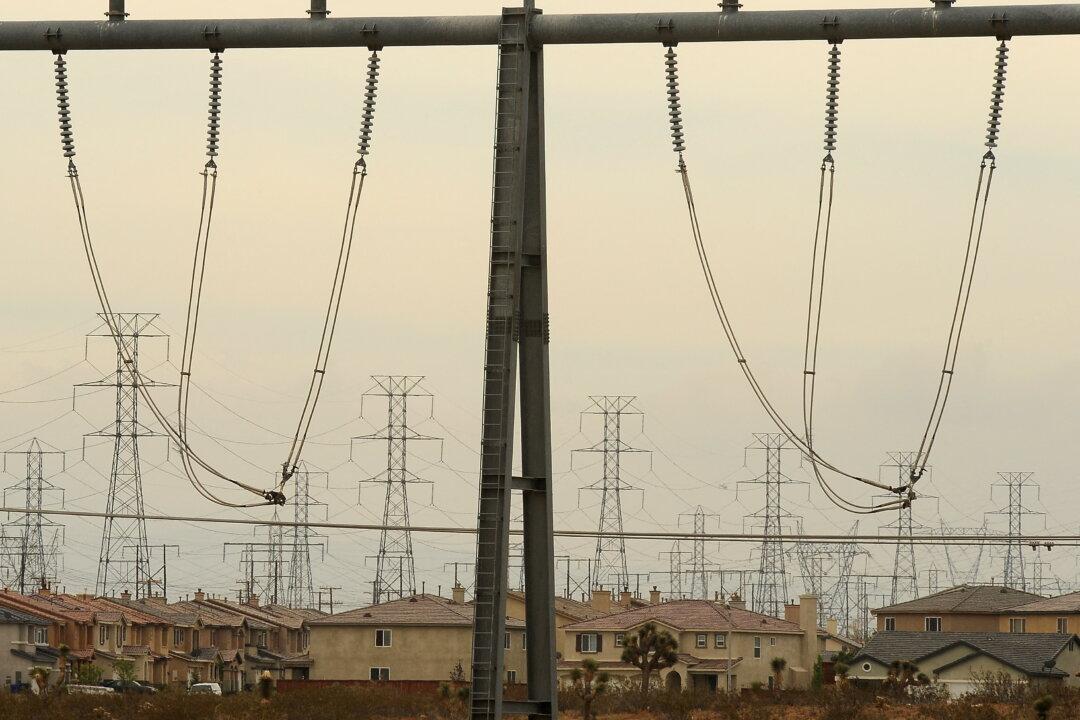With a new administration, the United States is at the dawn of a second era of energy dominance. Descendants of Pennsylvanians who discovered oil in Titusville now employ sophisticated directional drilling and hydraulic fracturing to produce low cost and environmentally friendly natural gas. The nation is blessed by robust U.S. natural gas production and emerging clean energy and battery storage technologies. The electric industry is prepared to deliver affordable and reliable energy to Americans in an uncertain world. But the U.S. power grid must be expanded and maintained to bring electricity to homes and businesses.
The U.S. electric grid is a wonder of the world—700,000 miles of interconnected transmission lines that deliver electricity throughout North America. However, these electric transmission lines are aging and in need of both replacement and expansion. New electric transmission is urgently needed to provide electric service 24/7 in bitter cold and intense heat.
In electricity parlance, the right of first refusal (ROFR) means the local electric company has the first crack at building certain new regional power lines that regulators believe are necessary for reliability and affordability. I believe the ROFR is essential to construct and maintain the power grid Americans deserve. From 2006 to 2011, I was a member of the Federal Energy Regulatory Commission (FERC), the agency responsible for regulating U.S. interstate transmission of electricity. In FERC Order 1000, I joined my fellow Commissioners to eliminate the Federal ROFR for new regional transmission lines. My rationale then was a belief in states’ rights.
Fourteen years later, I admit that elimination of the ROFR was unwise. My change in view is informed not just by the recent dismal record of interstate transmission construction in this country. As a former four-term Arizona state senator and elected state utility commissioner, I am acutely aware that state and local governments grant permits to utilities to build transmission lines. In my experience, Americans accept the need for a robust power grid. But having served as an elected official who voted for construction of gas and power lines through people’s backyards, even where everyone agreed these projects were necessary to keep the lights on, I can say that such cases were controversial.
Consider the beneficial role played by local as opposed to out-of-state companies. Distribution utilities have built and operated electric transmission facilities for more than 100 years. Why is local important? These companies understand the grid they manage 24/7. They are not only held accountable to the individuals and families they serve, but they are also regulated by state governments zealous about reliability and cost containment.
Some argue that competitive procurement for transmission is better than the ROFR. Perhaps in a perfect world that may be so. Yet even proponents of so-called competitively bid transmission construction acknowledge that the tedious process involves undue delay when compared with the local utility. This argument also ignores the fact that utilities competitively bid their work to keep consumer costs low. Competition for labor and materials at the back end of ROFR projects drives costs down. The interminable delays at the front end of the “competitive” process make their benefits illusory.
While competition is the basis of a free market economy, the transmission system in every corner of the United States is a regulated monopoly. This is partly because deployment of new transmission is an immediate societal imperative. When electric affordability and reliability are threatened, competition as an abstract principle is meaningless. Antitrust lawyers in Washington can deal in theory; electrical engineers in the Heartland must keep their customers’ lights on. The hard reality is Americans cannot and will not accept unreliable electric service, much less power blackouts. States can and should enact ROFR laws to allow skilled, local U.S. workers to bring new transmission into service to deliver U.S. customers reliable and affordable electricity.



